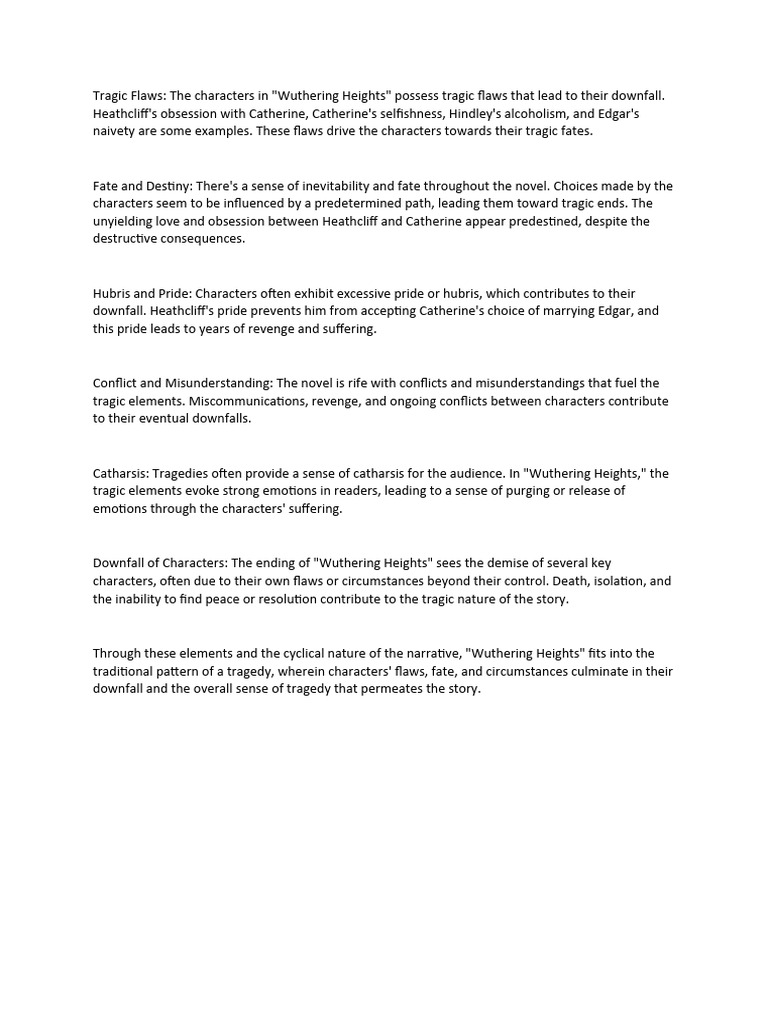The Bahá’í teachings encapsulate a profound understanding of the human condition, addressing the vicissitudes of life with both compassion and profound spiritual insight. In examining the concept of ‘tragic flaws,’ one must delve into the intricate tapestry of the human experience, where themes of folly and aspiration often converge. This exploration provokes contemplation on what it truly means to live dangerously, as perceived through the prism of Bahá’í principles.
At its core, the Bahá’í Faith emphasizes the significance of recognizing and transcending one’s limitations. Each individual possesses a unique constellation of attributes, virtues, and flaws. What might be deemed a tragic flaw—such as pride, avarice, or despair—can also serve as a crucible for personal growth and spiritual elevation. Instead of merely viewing these flaws as hindrances, Bahá’í teachings encourage followers to perceive them as opportunities for introspection and transformation.
The notion of living dangerously is enigmatic; it evokes images of reckless abandon and existential risk. However, from the Bahá’í perspective, it calls for a courageous engagement with the world, embracing the unknown while cultivating a profound sense of responsibility. This dynamic interplay between peril and purpose underscores the essence of the Bahá’í approach to life, promoting resilience amid life’s inevitable tribulations.
In contemplating tragic flaws, one must consider the implications of free will. The dichotomy of choice presents a fertile ground for the exploration of human intent and action. While individuals may exhibit flaws that lead them astray, the Bahá’í teaching posits that each person possesses the innate capacity to choose a path of rectitude. This innate ability to navigate moral dilemmas is accompanied by an understanding of the repercussions of our choices, urging a contemplative appraisal of the motives behind our actions.
Moreover, the complexities of human nature reveal a duality that both enchants and ensnares the soul. This dual aspect of humanity underscores the magnetic allure of tragic flaws. They captivate not only through their inherent deficiencies but also through the potential they hold for redemption. The Bahá’í worldview envisions a society in which individuals strive to embrace their flaws as part of the universal human experience. This narrative transcends the superficial allure of tragedy and propels the seeker towards a deeper comprehension of life’s labyrinthine pathways.
In examining the notion of danger, the Bahá’í Faith elucidates a distinction between physical danger and moral peril. Physical danger often elicits visceral reactions, steering individuals away from potential harm. Conversely, moral danger lurks within the crevices of ignorance and neglect, often masquerading as complacency or apathy. The teachings advocate for a life characterized by courageous moral choices, urging followers to confront the pernicious effects of societal injustices and personal indifference.
Another crucial aspect of this discourse involves the interplay of individuality and community. Bahá’í teachings stress the importance of unity and the collective welfare of humanity. The pursuit of individual aspirations must align with the ethos of community building, where the tragedies of one resonate within the collective fabric. This interconnectedness compels individuals to transcend personal flaws that might otherwise sow discord. Living dangerously, in this context, involves fostering an unwavering commitment to both personal and communal development, even amidst adversity.
The narrative of tragic flaws is further enriched by the influence of spiritual principle. Bahá’ís are taught to cultivate virtues such as love, forgiveness, and generosity; these serve as counterweights to the detrimental aspects of human frailty. As such, the Bahá’í teachings invite adherents to create a tapestry of virtues by engaging with their own tragic flaws proactively. This transformative journey can become a source of resilience and fortitude, allowing adherents to navigate the tumultuous waters of existence.
This journey requires a willingness to confront uncomfortable truths about oneself and the society in which one exists. Learning from personal experiences, including failures, missteps, and moments of moral compromise, becomes a powerful catalyst for personal metamorphosis. In acknowledging and examining these flaws, individuals can shed light on the darker aspects of their nature, paving the way for spiritual growth and renewal. The art of living dangerously necessitates an introspective courage—a willingness to be vulnerable while simultaneously striving for a higher purpose.
Ultimately, the Bahá’í teachings postulate that living dangerously need not correlate with recklessness. Rather, it encapsulates a committed engagement with the world, infused with a spirit of love, understanding, and responsibility. By reconciling tragic flaws with the embrace of divinely inspired virtues, individuals can navigate life’s challenges with grace. This synthesis allows one to emerge not just as a survivor of life’s trials, but as an architect of positive change, both within oneself and within the broader world.
In conclusion, the examination of tragic flaws through the lens of Bahá’í teachings elucidates a nuanced perspective on human existence. The art of living dangerously invites individuals to embrace their imperfections while simultaneously cultivating attributes that uplift both self and society. This balance encourages a profound engagement with life’s complexities, invoking a call for continual growth, transformation, and the ultimate pursuit of truth. Hence, the Bahá’í teachings stand as a testament to the resilience of the human spirit and its capacity for transcendence amid the inherent perils of the human experience.
